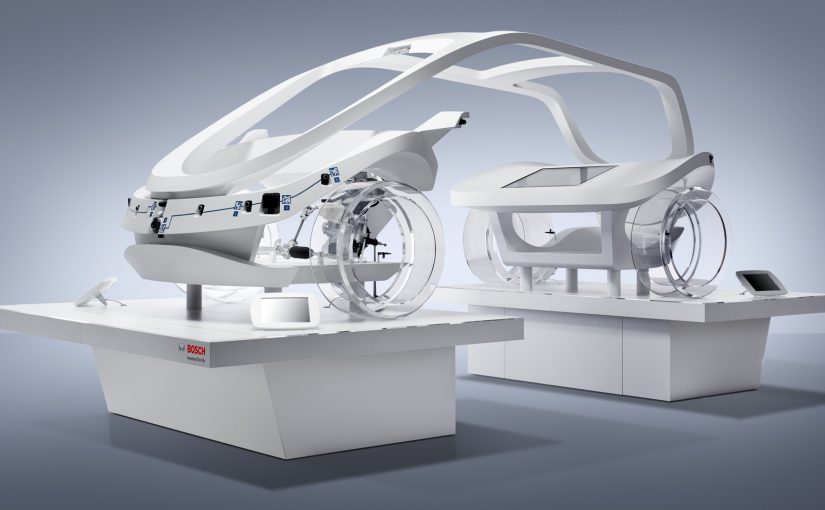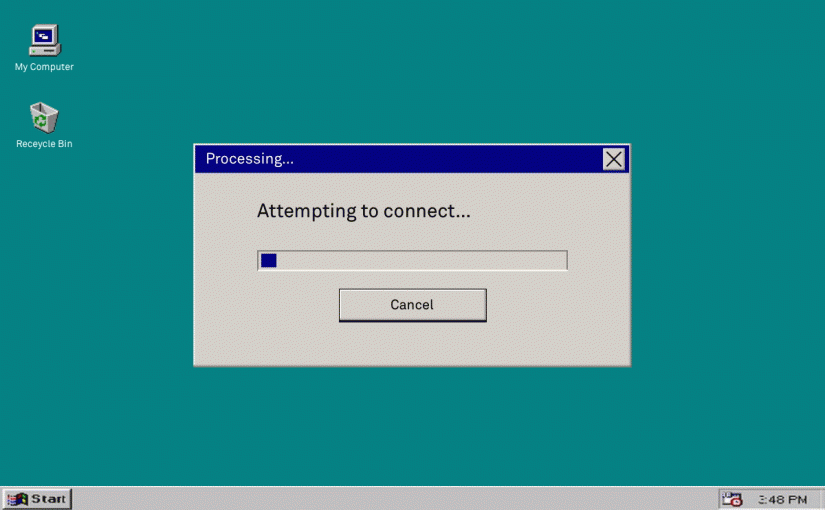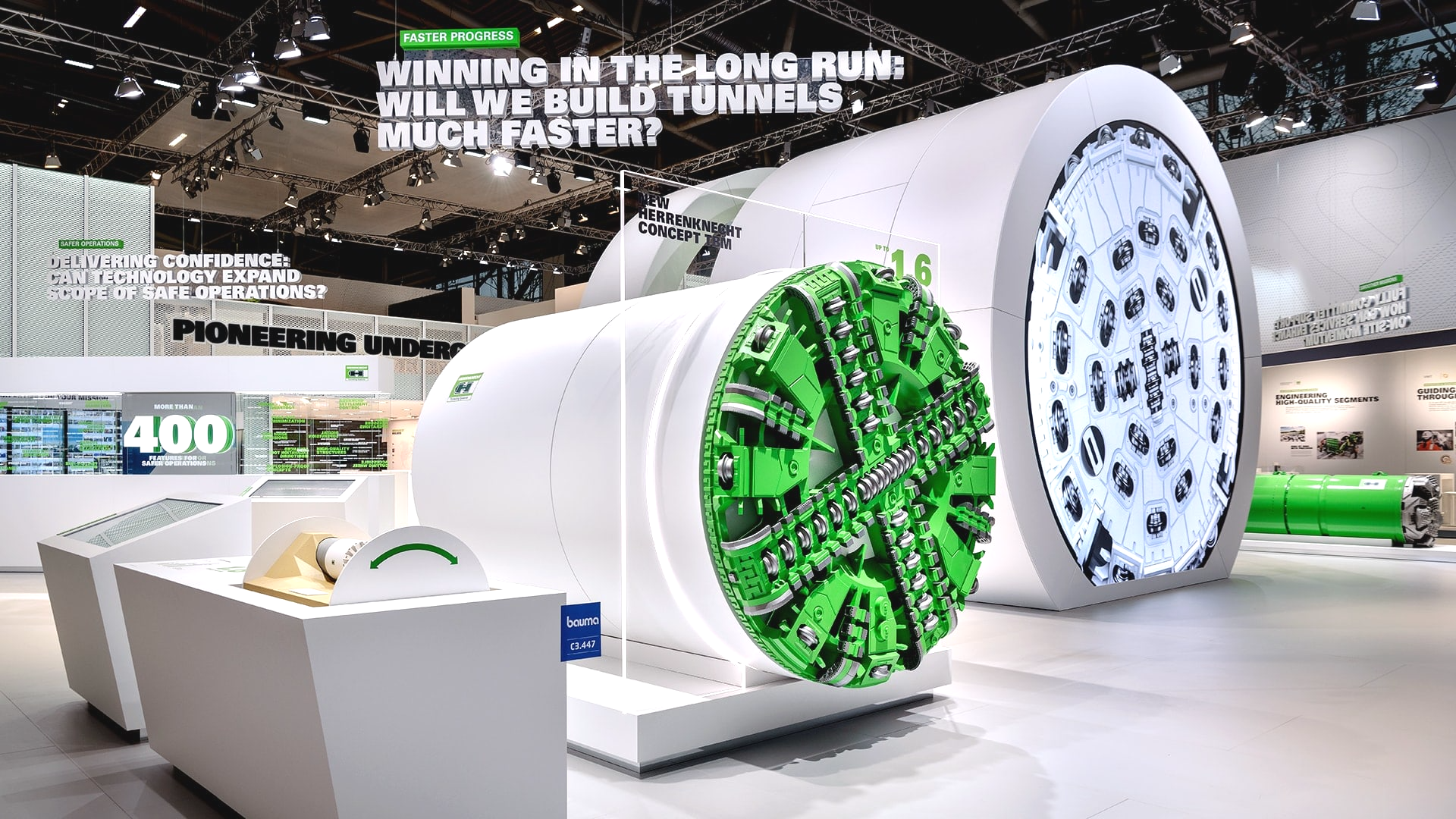Especially strongly future-oriented technology companies are often faced with the challenge of communicating their complex products in a comprehensible and striking way. This is all the more true as the economy increasingly relies on software and services instead of classic hardware products. Because new, innovative and software-based products in particular are often more difficult to explain than the old familiar toaster, car or toothpaste. Digitally transformed products, platform economies and individual solutions are also changing marketing and press relations. Added to this: More and more decision-makers inform themselves first via digital channels. Their attention is also a scarce commodity on the web that first has to be won. That is why concise and memorable communication is particularly important in online marketing and in the B2B sector. Nothing is more memorable than powerful messages and good visualisations that are consistently geared to the target group.
People can only absorb a limited amount of information. That’s why the simplest arguments are often the strongest. In fact, research suggests that intuitive decisions about complex products often work better based on a few criteria than with a large amount of information and a lot of brainpower. But not everything can be so easily reduced to a few statements or a picture. How can you nevertheless communicate products and services that are difficult to explain in a striking and comprehensible way? By concentrating on the essentials, that is, consciously reducing complexity and filtering a lot of information.
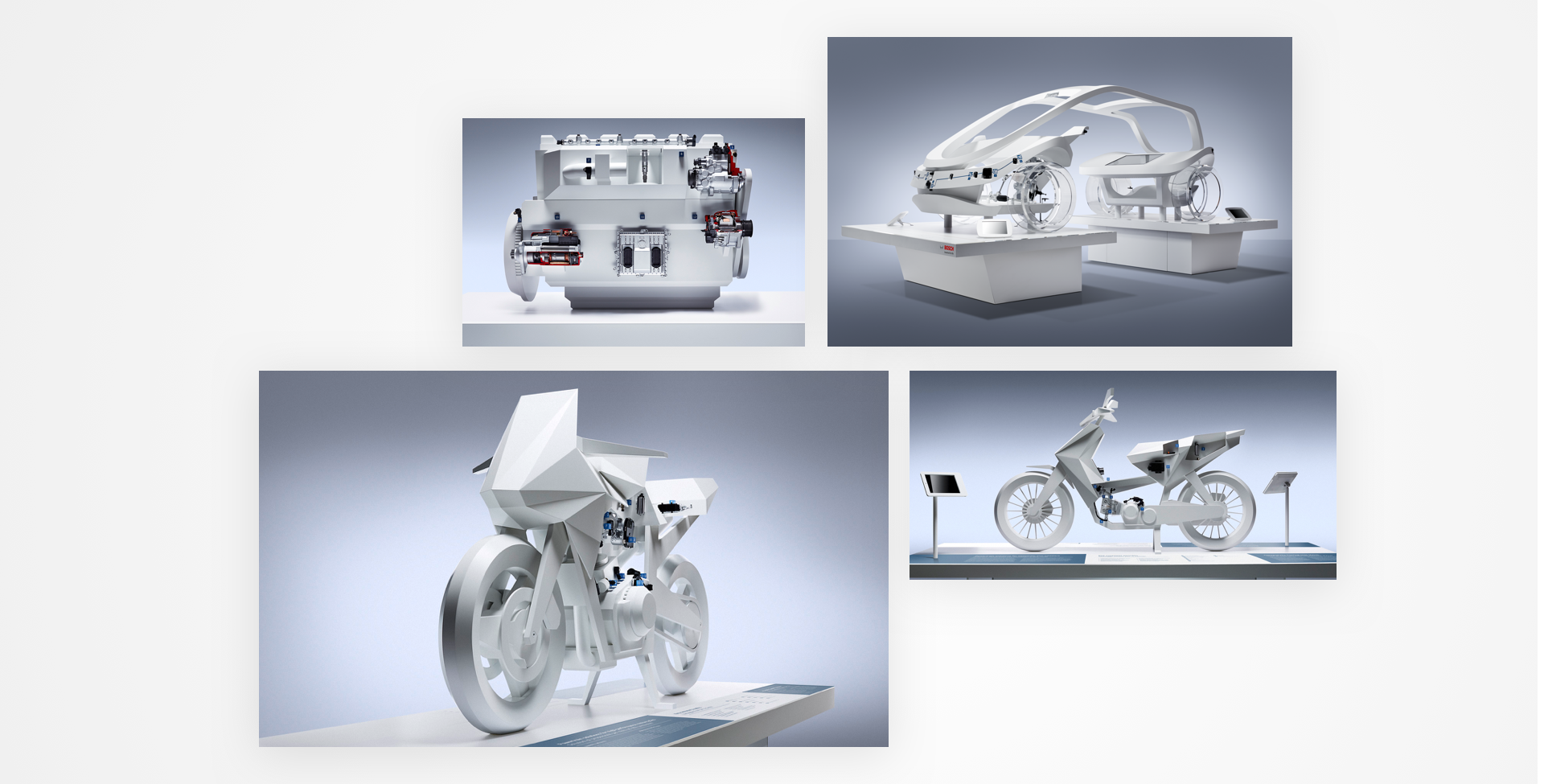
OUR ANSWER: ELEGANT SIMPLEXITY
Simplify complex content in such a way that it becomes catchy and understandable for the target groups, but no further. It is precisely at this point that the opportunity for successful communication and good design arises, without important information being lost. At design hoch drei, this principle is called Elegant Simplexity. For us, it is the key to explaining abstract solutions and problems. Especially the products and services of technology companies, which often require explanation to outsiders, can be made comprehensible in an elegant way. The principle deliberately sets itself apart from gimmicky advertising and focuses on relevance and benefit for the end customer. It creates an oasis for the eye and invites intensive engagement.
THE CASE: NEW BRAND DESIGN BOSCH MOBILITY SOLUTIONS
The fine art of reduction has been applied by design hoch drei, for example, to the extremely broad and complex technology and service portfolio of Bosch Mobility Solutions, bringing new clarity and fascination to the external image of one of the world’s largest automotive suppliers and providers of mobility solutions. It all began in 2013 with sculptural engine exhibits. These provided an impressive stage for the Bosch components by pushing the abstraction of the unimportant to the white model as far as was just possible and at the same time necessary for easy understanding. Only the Bosch technology itself remained as a tangibly real element.
The effect: Bosch technology, which is usually almost invisible but absolutely relevant to the system, was made visible and its complex interplay clear. It was a short leap from engines to entire motorcycle and car sculptures, which, for example, made safety technology or systems for autonomous driving tangible at the booth. The visual principle of the white projection surface for innovative technology was thus proven in the trade show area and was rolled out in all Bosch Mobility Solutions communication media in the following years – from key visuals and numerous print products to moving images, the newly launched web portal, and interactive applications. An approach that led to success: in 2019, Bosch Mobility Solutions’ new brand design was awarded the special Best of Best award of the Automotive Brand Contest.
WHY ELEGANT SIMPLEXITY?
Achieving simple elegance is hard work, but it’s worth it. Because an elegantly designed appearance is more effective, more distinctive and thus more distinguishable from the competition. Simplicity also brings great advantages. Simplified communication is easier for others to connect with, because it is easier to understand than complex information and can therefore be communicated more effectively – both within the company and to the outside world. This does not require elaborate campaigns. Instead, the method of elegance leads to sensible solutions that do not reinvent everything and at the same time create a solid platform for further developments. But how does it all work now?
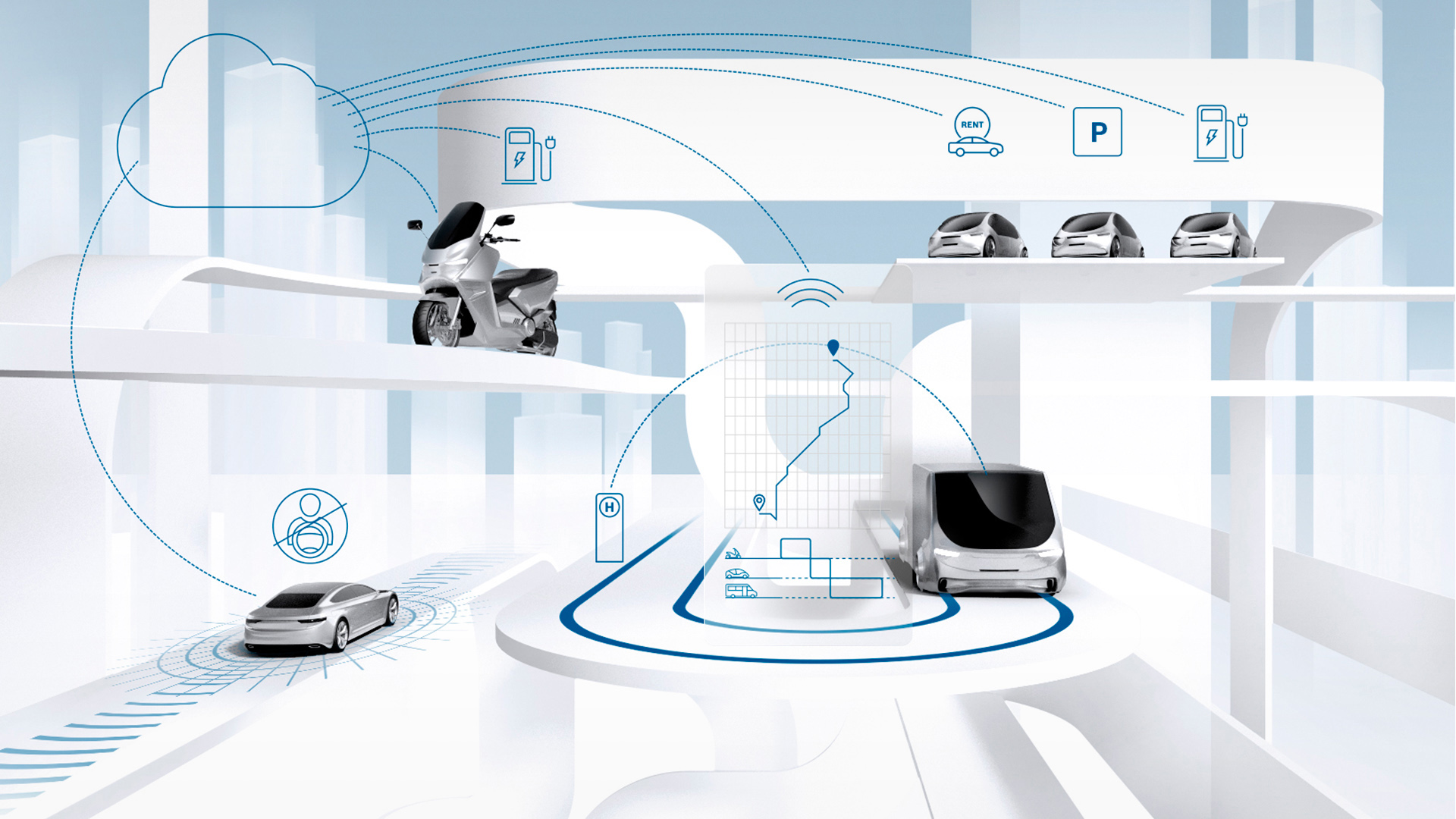
5 STEPS TO ELEGANT SIMPLEXITY
STEP 1: CUT IT INTO PIECES
Everything begins with immersion in the topic at hand. A complex subject should always first be broken down into its individual parts so that it can be understood and then communicated well. If the topic is available in printed form, then one could also cut everything with scissors into (meaningful) small snippets, rearrange them, glue them on and mark discovered connections. The result is comparable to a mind map, only a bit more detailed. No matter what the exact procedure looks like in the end, the same questions always have to be answered. Which elements are there and what are they for? What belongs to what or is related to something else?
STEP 2: SIMPLIFY TO THE CORE
Things become complex by themselves. Making them simple again is the real art. That’s why we leave out everything that is not really important or would be too complex for the attention span of the target group. We always have to ask how much time the user is willing to invest. Depending on the channel, this can be quite different. Online, it often takes just a few seconds to decide whether someone will “stay tuned.” With films, too, the decisive messages should come across within the first 20 to 30 seconds. That’s why, at first, only what belongs to the actual core of a product or topic remains.
STEP 3: REBUILD THE RELEVANT
Now what is really important has to be reassembled. The key here is to find an information structure that correctly reflects the content and at the same time is easy to follow and always remains consistent in itself. Once again, priorities have to be set. What should the user learn and when, what needs to be made clear particularly quickly? What information is a prerequisite for what comes next? What value propositions can we make and how can we prove them with convincing cases? Technical details should be avoided unless the audience consists of experts with a lot of time on their hands, which is unlikely to be the case.
STEP 4: ADD SOME ELEGANCE
Design-oriented communication is more attractive and more memorable. This is also reflected in the fact that design-oriented companies are more successful than their competitors. Design and beauty are therefore not just pretty shells, but a hard-hitting economic factor because they create real value. Used as a strategic tool, they can make brands successful. That’s why, for Elegant Simplexity, we combine good content with elegant design to create an aesthetically functional presence that clearly stands out from the competition and is a pleasure to look at.
STEP 5: Gain Attention
Elegant design and clear messaging are a promising way to attract people to a product, but often more is needed. A product website, no matter how beautifully designed, is useless if no one sees it. An innovative solution at the trade show booth is of little interest if it can only be found in the fine print. In order to attract the desired attention, it is imperative that the staging and advertising are not only tailored to the target group, but also optimally adapted to the channel on which it takes place. However, the following applies across the board: Nothing attracts attention more easily and is better remembered than a good visualization that gets to the heart of a complex topic and at the same time is open for further thoughts and conversations.
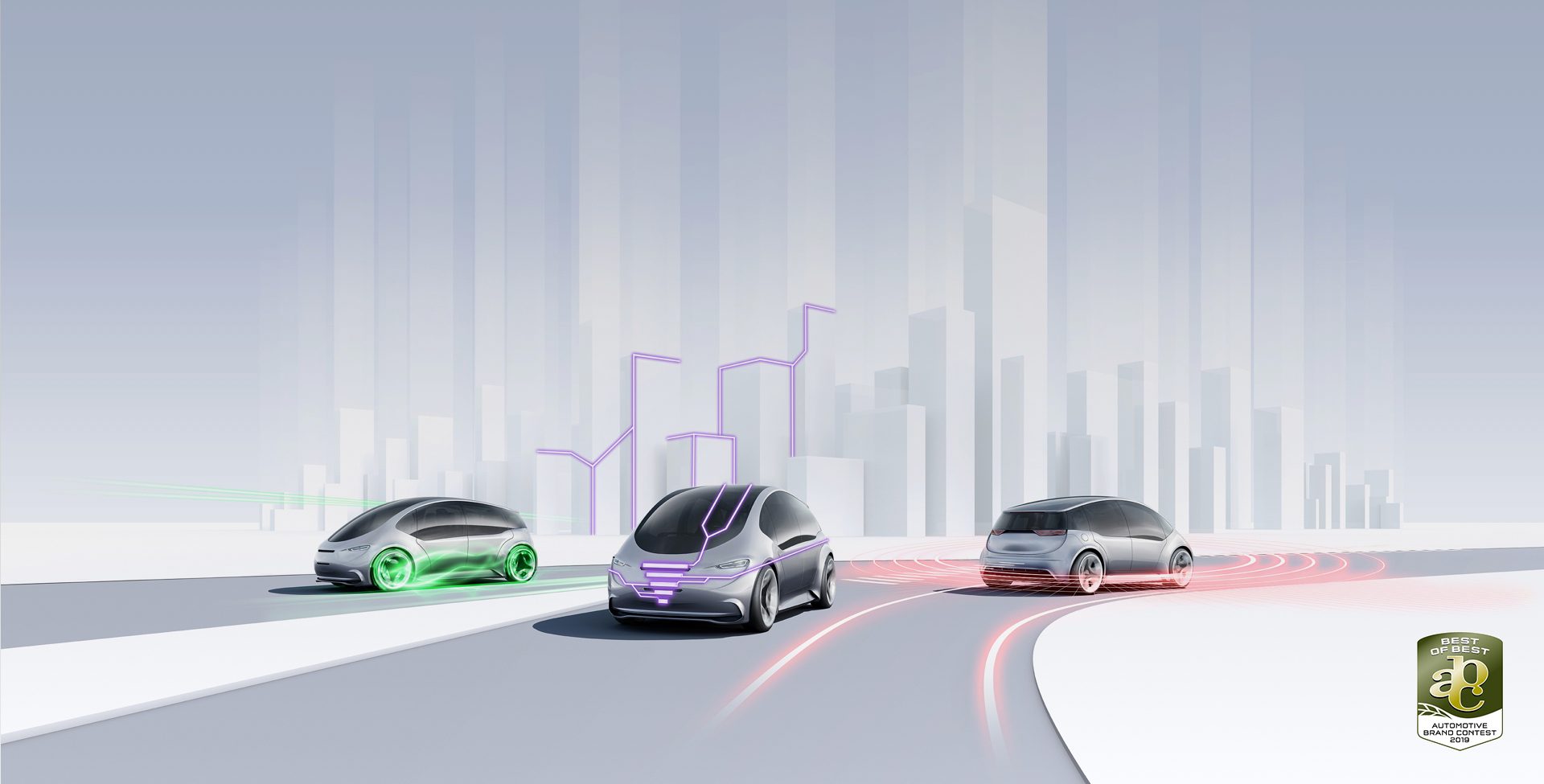
tl,dr: Elegant Simplexity is a method that combines design, clear messages and comprehensible visualization of innovations. For Bosch Mobility Solutions, this has resulted in a unique communications presence. This was also confirmed by the “Best of Best” special award presented by the German Design Council at the ABC Awards. Here you can find more details about the communication appearance of Bosch Mobility Solutions.
